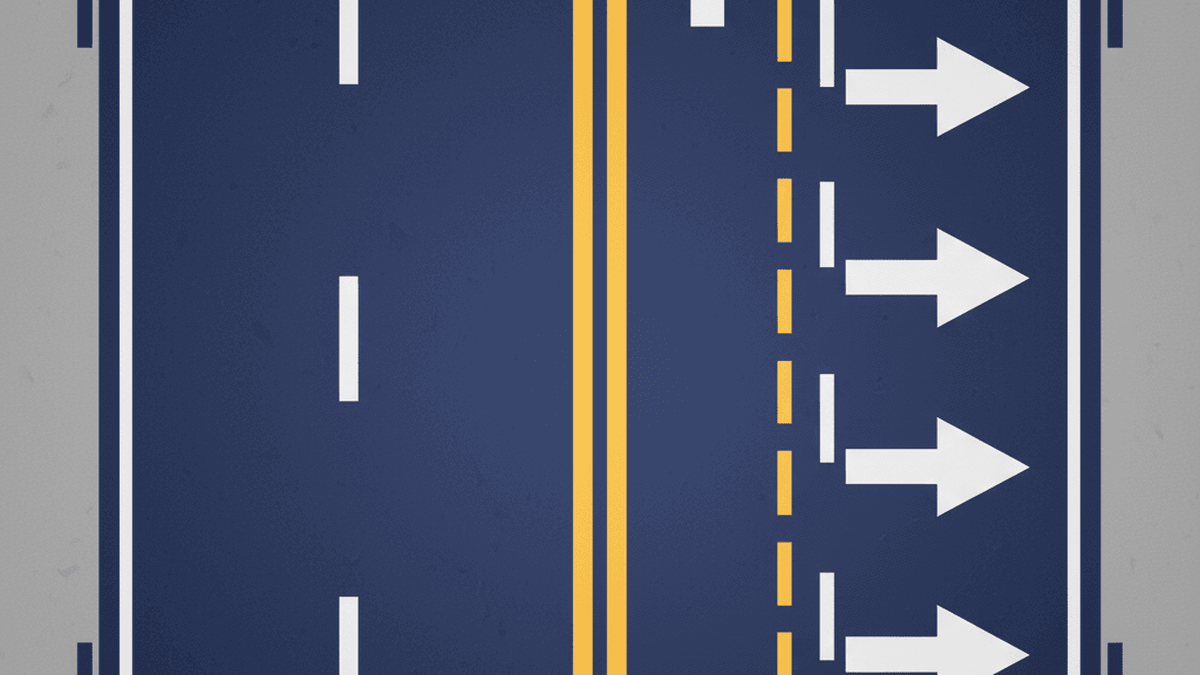No passing zone pennant sign

Where W14-3 is placed and why it faces oncoming traffic
The pennant-shaped W14-3 NO PASSING ZONE sign marks the beginning of a no-passing zone for your direction. It's installed on the right shoulder and angled so the message is legible to traffic that must not pass—commonly just before a hill crest or a curve with limited sight distance.
Coordination with solid and broken centerlines
W14-3 is paired with centerline patterns. A double solid yellow or a mixed solid/broken pattern communicates the same rule in paint: when the solid is on your side, do not pass.

If the sign appears before the solid begins
Treat the restriction as active at the sign. Designers sometimes advance the pennant to give drivers reaction time and to prevent last-second passing moves as sight distance diminishes.
Practical advice for borderline crests and curves
Even when the far side looks clear, small changes in grade can hide fast-approaching traffic. If you are near a crest or curve, assume the zone is active and do not attempt to pass.
Citation notes often used by officers
Officers frequently cite "improper passing in no-passing zone," failure to obey a traffic-control device, or unsafe passing. In Texas, for example, see Transportation Code §545.055.
What to do when markings are faded or under construction
Follow posted signs, temporary traffic control, and flaggers. If paint is hard to see, treat a W14-3 pennant or "NO PASSING ZONE" placard as controlling. When uncertain, wait for a clearly legal passing zone—cops will still write unsafe-passing tickets when conditions are marginal.